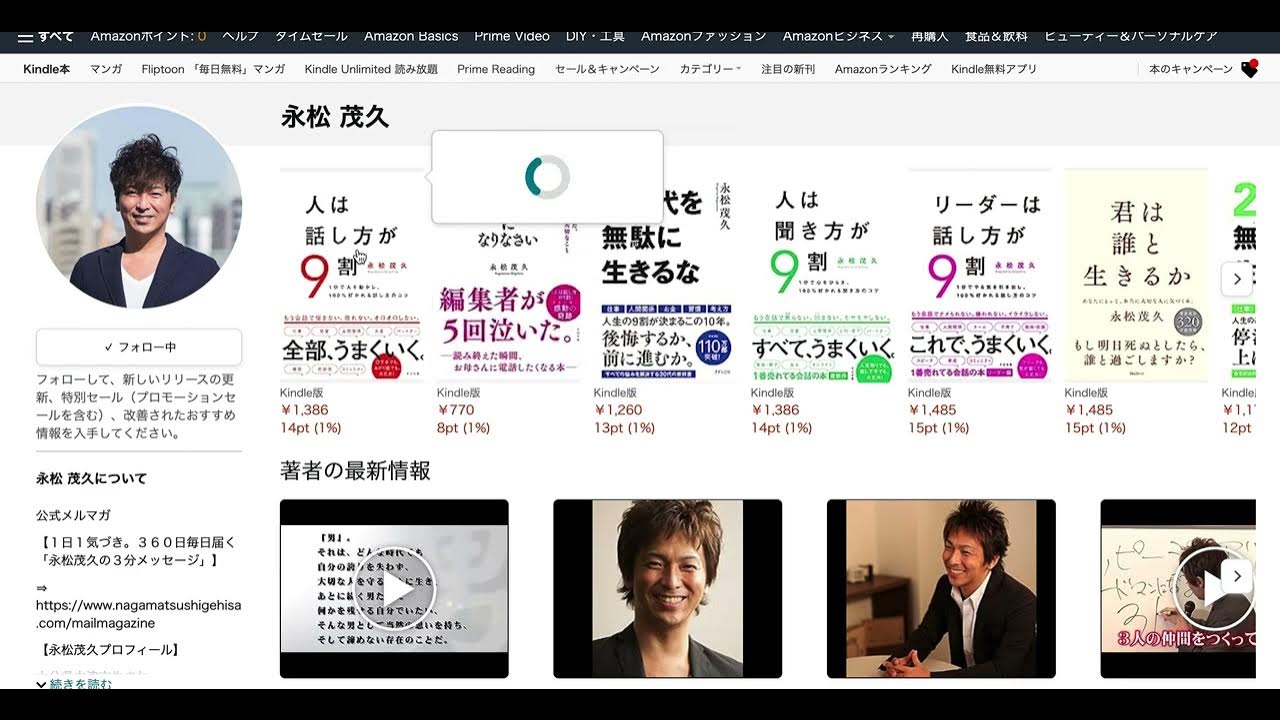Product Led Growth Strategy: Metrics You Should Track & Optimize
Summary
TLDRこのビデオスクリプトでは、SaaSビジネスをスケールさせるためのプロダクトリード型成長の3つの原則について解説しています。まず、トラフィックと獲得を区別し、製品を発見する人々を増やすためにマーケティングの重要性を強調します。次に、獲得と収益の間にはアクティベーションというステップがあり、製品内で有意義なアクションを起こすことで顧客の活発化を促します。最後に、定期的な収益を得るためにリテンションと更新率を重視し、製品を通じて価値を得る顧客を維持することがポイントです。プロダクトリード型ビジネスは、初期段階でのコスト構造を変えながらも、後段で販売力を使って収益を拡大するという戦略も紹介されています。
Takeaways
- 🚀 プロダクトリードはSaaSビジネスを拡大する「聖杯」であり、高価なセールスマンなしに顧客を獲得し収益化することができる。
- 📈 初期段階のプロダクトリード成長には、適切なメトリックスを追跡し最適化することが重要である。
- 🛍️ プロダクトリードモデルではマーケティングが依然として必要で、顧客を獲得し製品を知ってもらうためのトラフィックを確保する手段となる。
- 👥 プロダクトリードにおいても販売担当者が必要で、彼らは後段で取引を拡大し、顧客のリニューアルやアップセルを促進する。
- 📊 成長戦略の3原則を理解し、それに基づいてプロダクトリード体験を構築し、実際の収益に変換しSaaSビジネスを拡大する。
- 🔑 トラフィックと獲得を区別し、それぞれを個別に測定することで、プロセスを最適化しスケールアップできる。
- 🎯 アクティベーションはリーンと収益化の間の重要なステップで、顧客が製品内で意味のあるアクションを起こすことを促すことが重要。
- 💰 リーニューアルと拡張が重要なリカーシング収益のため、単なる1回限りの支払いではなく、継続的な使用と価値を得られることが求められる。
- 📈 毎週のトラフィック、獲得、アクティベーション、収益の割合を追跡し、それを改善するための実験を繰り返すことで成長を促す。
- 🛠️ プロダクトリードSaaSビジネスを拡大する際には、マーケティングと販売の両面を持つ総合的な市場投入戦略が必要です。
- 🔗 プロダクトリード体験を最適化し、顧客が製品を発見し体験し、価値を得られるようにするためのマーケティングと販売のバランスが鍵となる。
Q & A
SaaSビジネスにおいて製品主導型のアプローチが重要な理由は何ですか?
-製品主導型のアプローチは、高額な販売スタッフなしにSaaSビジネスを拡大し、新規顧客を獲得し、収益に変換することができるため、現在SaaSにおける「聖杯」とされています。
製品主導型の成長においてはどのようなメトリックスを追跡すべきですか?
-製品主導型の成長では、トラフィック、獲得、アクティベーション、収益というメトリックスを追跡すべきです。これらのメトリックスを最適化することで、SaaSビジネスの成長を拡大できます。
トラフィックと獲得の違いは何ですか?
-トラフィックは製品を発見する実際の人々、つまり製品に対する訪問者を指します。一方、獲得は、製品体験を開始したり、製品に関連するマニフェストをダウンロードしたりする意思決定を示した人々を指します。
製品主導型のビジネスモデルではマーケティングは必要ないという誤解がありますが、その本当はどのようなものですか?
-製品主導型のビジネスモデルでもマーケティングが必要です。製品をリードさせて成長させるためには、まず製品を発見する人々が必要です。マーケティングは製品に対する認識を高めるための重要な要素です。
アクティベーションとは何を意味していますか?
-アクティベーションは、製品内で意味のある行動をとる人々を意味します。製品内でahaモーメントに達するまで、顧客を有効に活用し、製品の価値を理解させることが重要です。
製品体験を最適化するためにはどのようなアプローチをとるべきですか?
-製品体験を最適化するためには、新規ユーザーが製品を使い始めた最初の数秒から数十秒を通じて、彼らが実際にアクティベーションに達するように製品体験を設計する必要があります。
収益に達する前に重要なポイントはどこですか?
-収益に達する前に重要なポイントはアクティベーションです。製品内で意味のある行動をとる顧客の割合を高めることで、収益への変換率を上げることができます。
SaaSビジネスにおけるリピート収益の重要性とは何ですか?
-SaaSビジネスにおいては、単なる一ヶ月分の支払いだけでなく、顧客が製品を継続して使用し、その価値を感じ続けることがリピート収益にとって重要です。
製品主導型のSaaSビジネスを拡大するためにはどのような原則を遵守すべきですか?
-製品主導型のSaaSビジネスを拡大するためには、トラフィックと獲得を別々に測定し、アクティベーションを促進し、収益に至るプロセスを最適化する原則を遵守すべきです。
製品主導型のビジネスで販売スタッフを後段に配置することの利点は何ですか?
-製品主導型のビジネスで販売スタッフを後段に配置することにより、最も高ポテンシャルの顧客に対してサービスを拡大し、組織全体への使用拡大や更新を確保することができます。
SaaSビジネスの成長を促進するための5ポイントの成長戦略ガイドとは何ですか?
-5ポイントの成長戦略ガイドは、SaaSビジネスの成長を促進するための具体的な方法を提供するガイドであり、トラフィックの獲得、顧客体験の最適化、マーケティングの強化などを含む重要なポイントを網羅しています。
Outlines

This section is available to paid users only. Please upgrade to access this part.
Upgrade NowMindmap

This section is available to paid users only. Please upgrade to access this part.
Upgrade NowKeywords

This section is available to paid users only. Please upgrade to access this part.
Upgrade NowHighlights

This section is available to paid users only. Please upgrade to access this part.
Upgrade NowTranscripts

This section is available to paid users only. Please upgrade to access this part.
Upgrade Now5.0 / 5 (0 votes)






